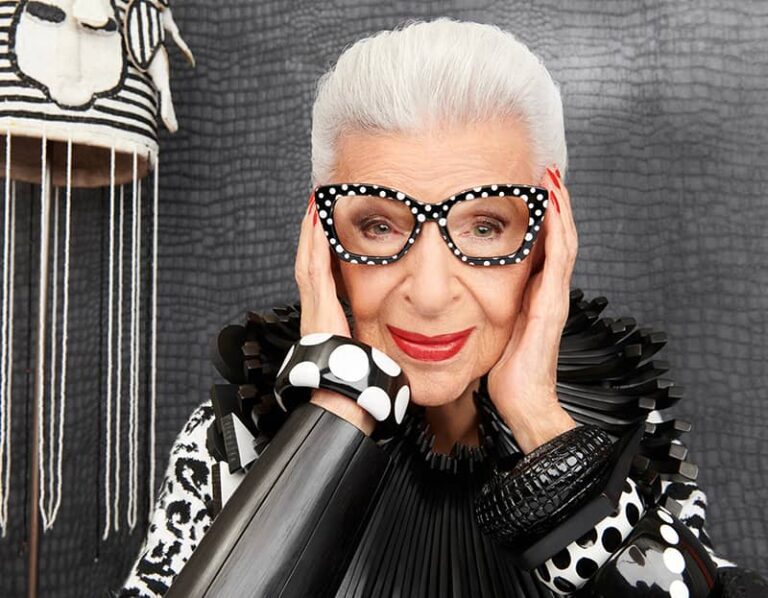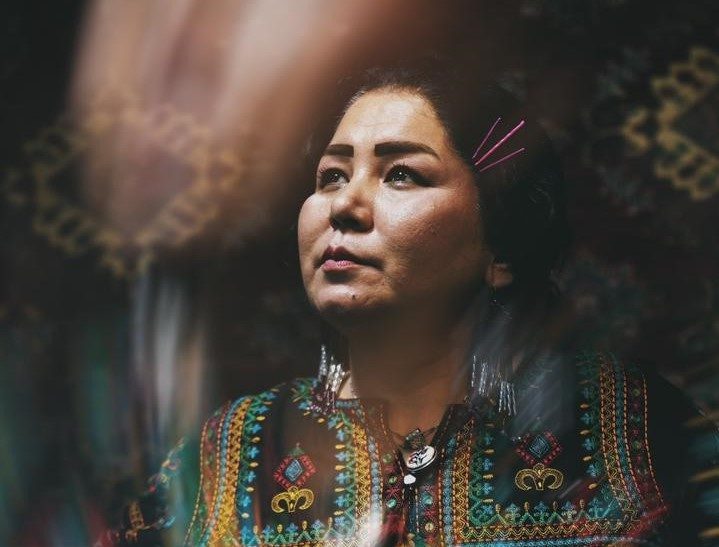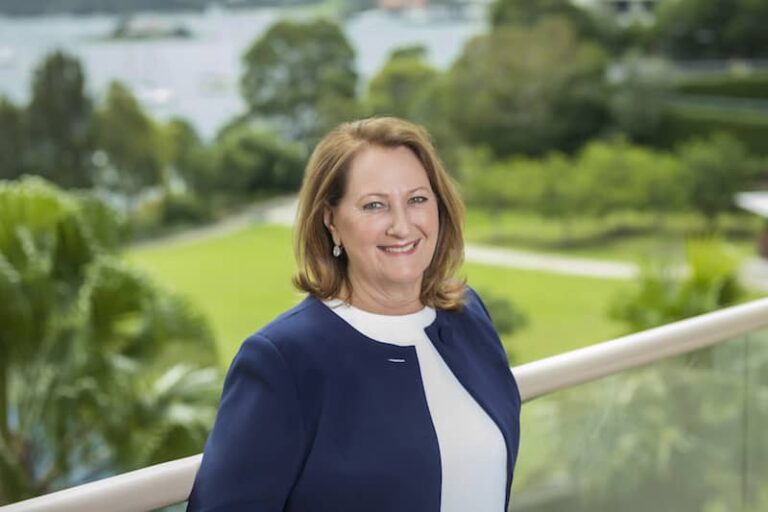Around the world, there’s a clear move towards providing two years of preschool, with early childhood education (ECE) seen as a critical investment in human resources. New Zealand was the first country to introduce a national curriculum for ECE, and the UK has moved to join us. Asian countries consistently topping education performance lists are rapidly gearing towards universal access for three and four-year-olds.
For the children
Preschool programmes (kindergarten) provide an environment for children to develop skills, capabilities, interests and talents. Research from the UK shows that attending two years of preschool improves children’s readiness for school, with particular impacts on early literacy and social and emotional skills. And 16-year-olds who attended at least two years of preschool are three times more likely to take a higher academic pathway after secondary school. Preschool benefits all, but the biggest impacts are seen with the children who need extra support the most – the 23 per cent of children arriving at school developmentally vulnerable. Evidence shows one year of preschool isn’t usually enough for them. The trend internationally is to invest in preschool for three-year-olds, and provide it universally for all children. New Zealand introduced 20 hours of free ECE for all three-year-olds in 2007 and has near-universal attendance.
Government funding has been extended to four-year-olds, too. This applies to all children in New Zealand, regardless of their visa situation. The ECE curriculum – Te Whāriki – is a framework providing early learning and development in a socio-cultural context. It emphasises the learning partnership between teachers, parents, and whanau.
The country’s 4000+ childcare and preschool facilities fall into two main groups: Teacher-led services, which include kindergartens, education and care services.The second group is parent-led services, where parents, family or caregivers educate and care for children. These include playcentres and Kōhanga Reo, which must be licensed, and playgroups. Sue Stevely-Cole founded Bear Park ECE in 1986. Working inside Te Whāriki, it follows the immersive Reggio Emilia approach developed in Italy: allowing children to have more input into their learning, in a less structured approach to ECE. “The children might be making a construction of wire or clay,” Sue says, “but they’re learning and understand mathematical principles at the same time.” It looks like where New Zealand leads in ECE, the rest of the world will follow in 2017.







